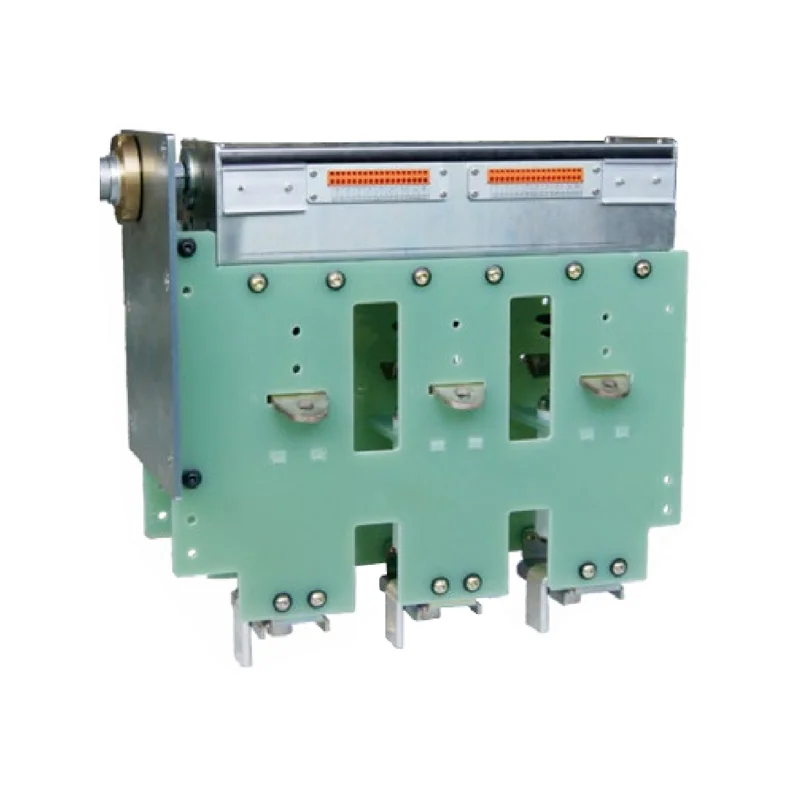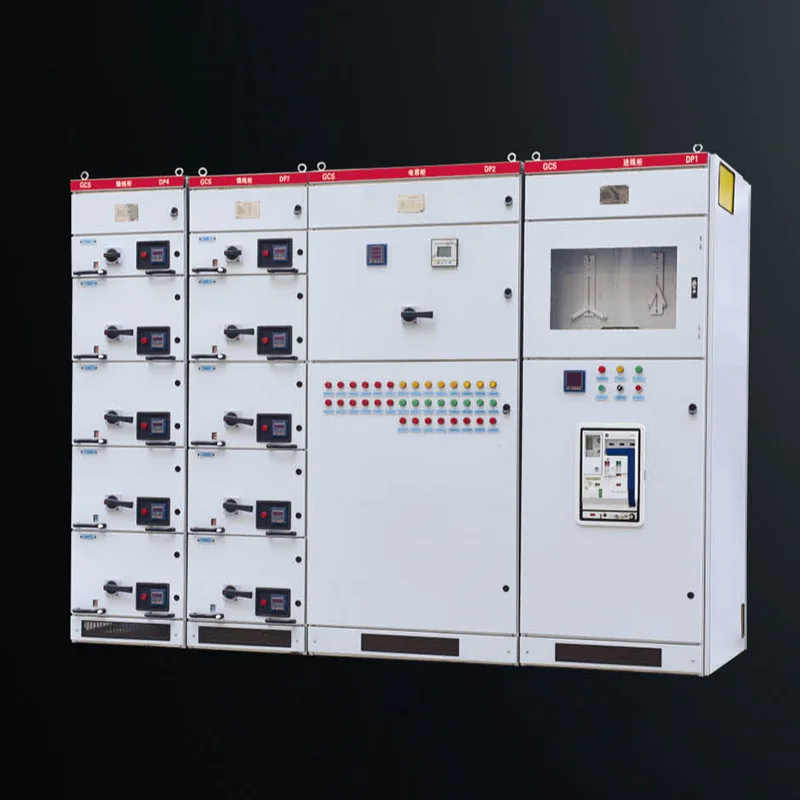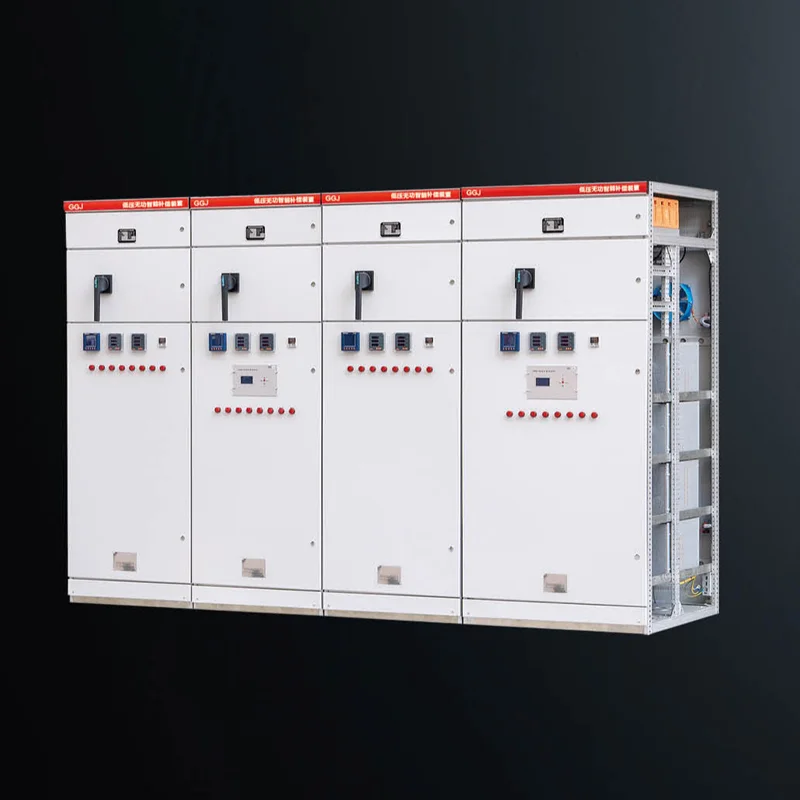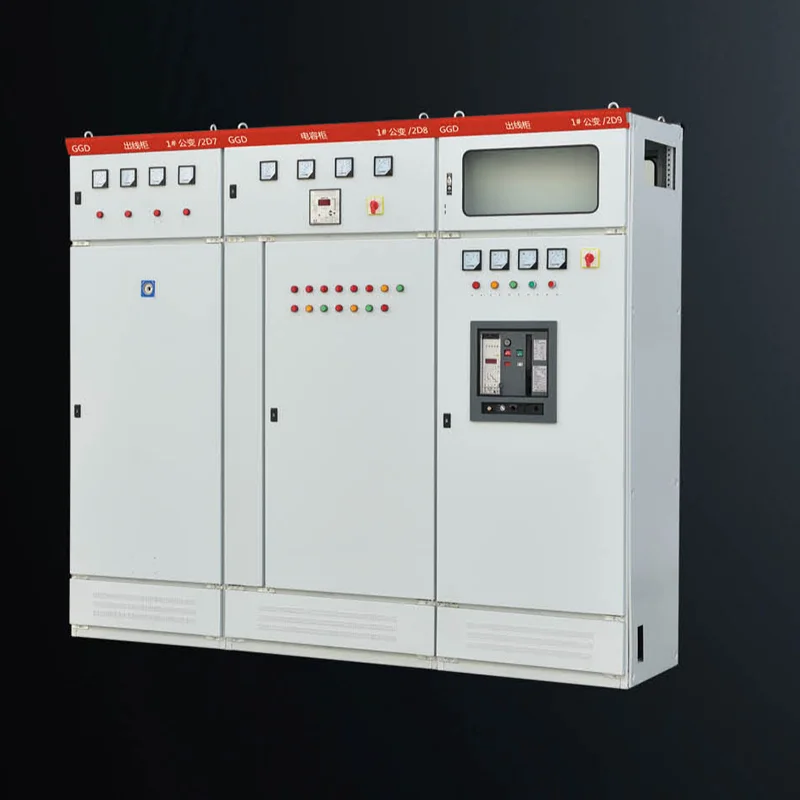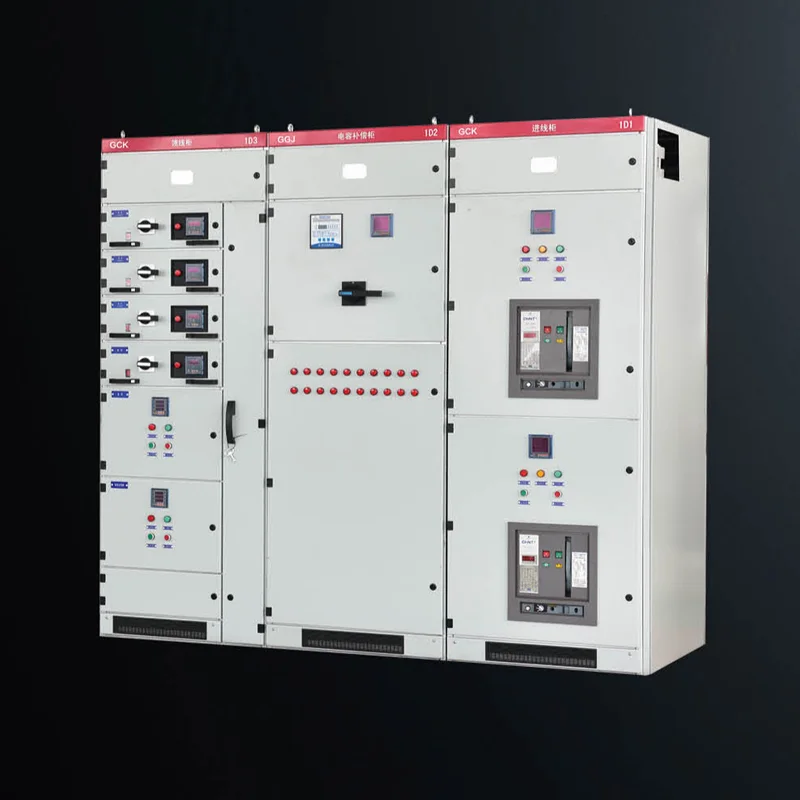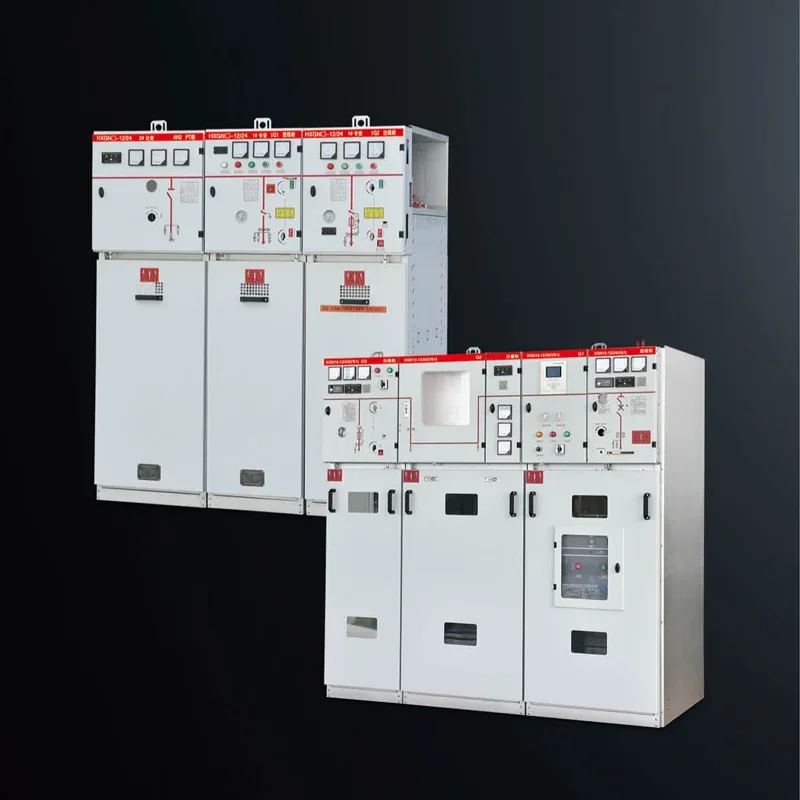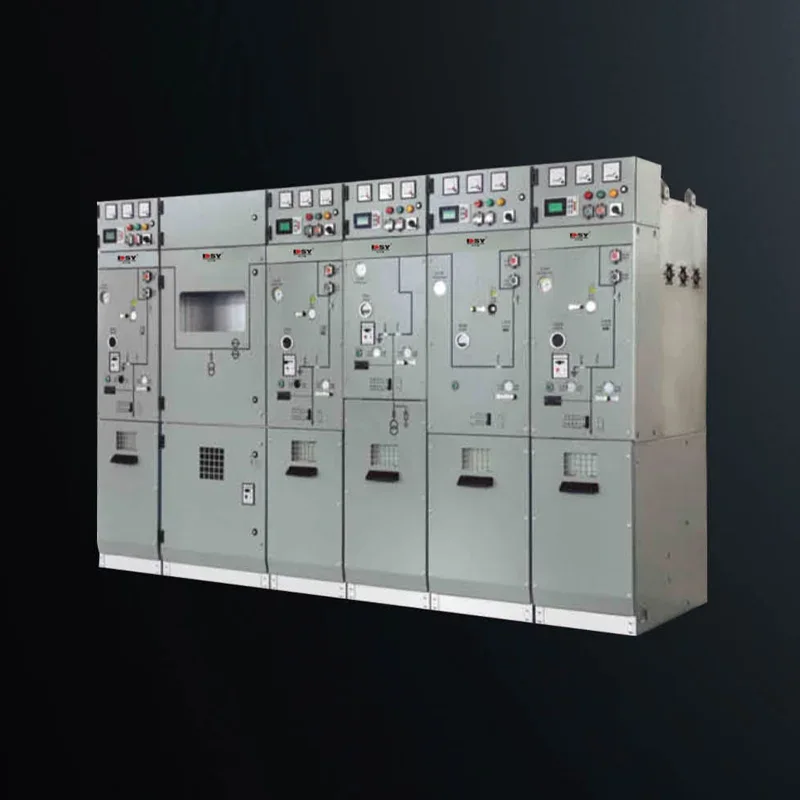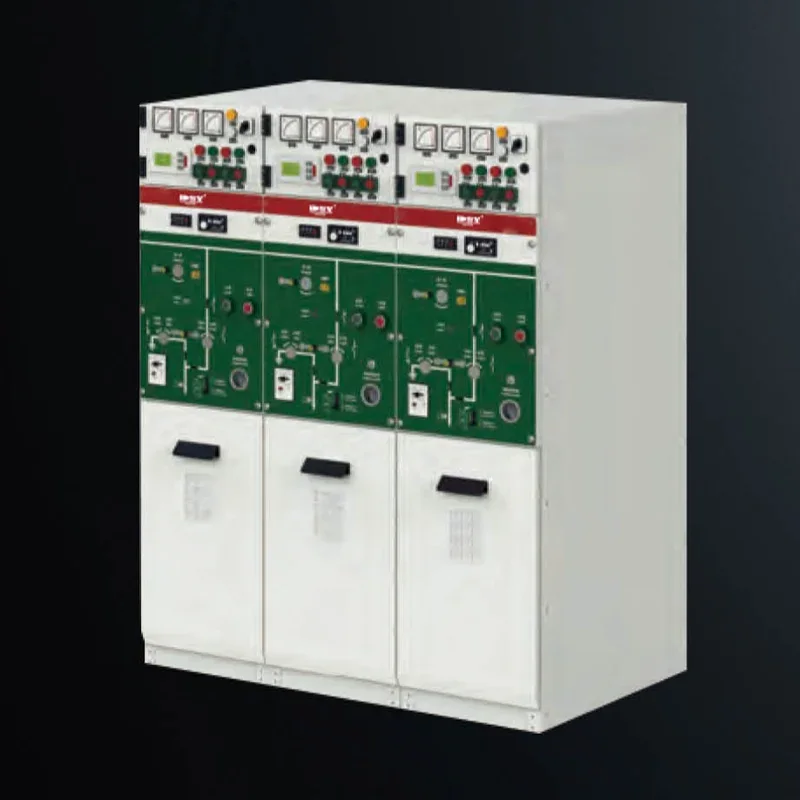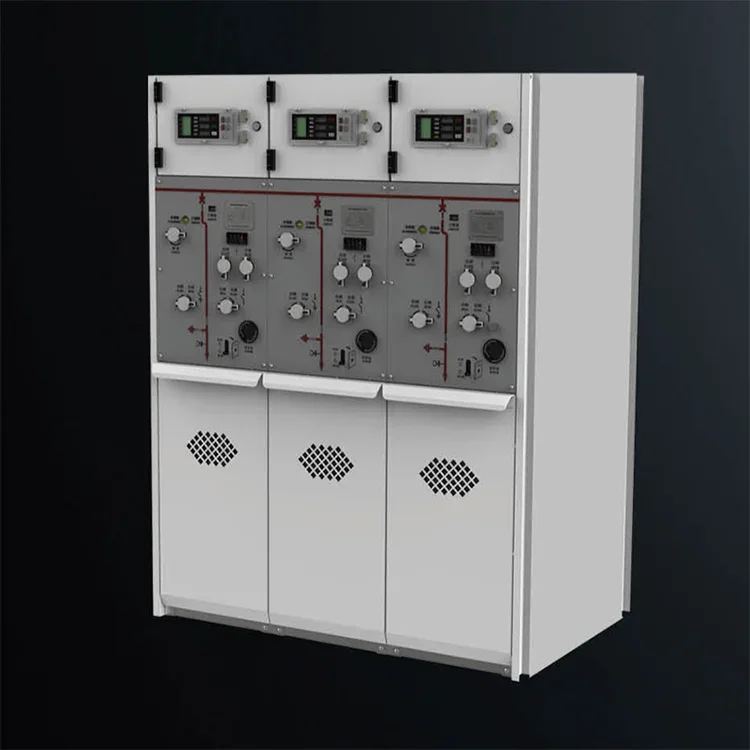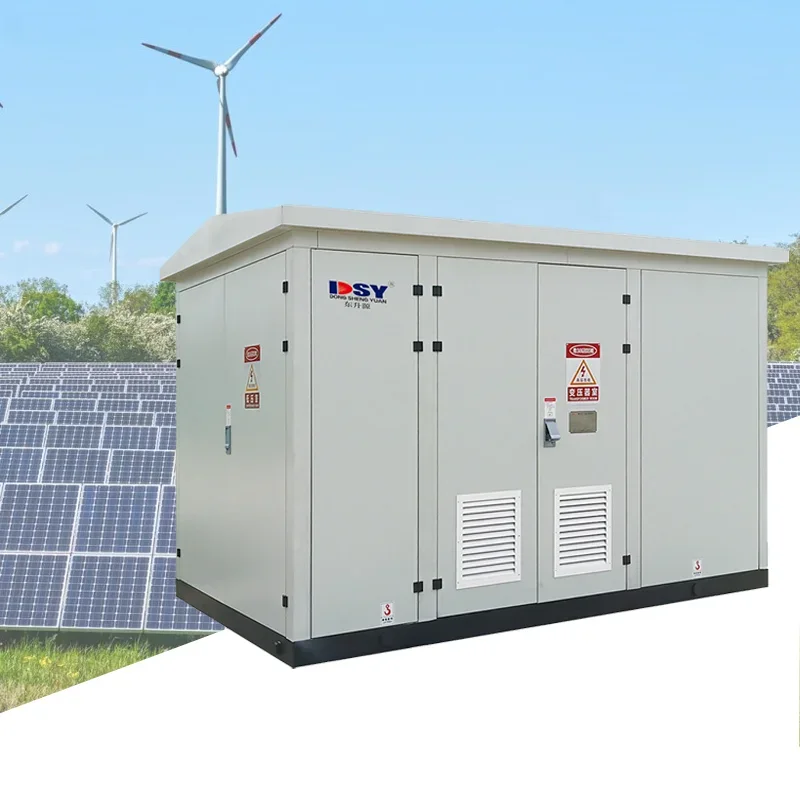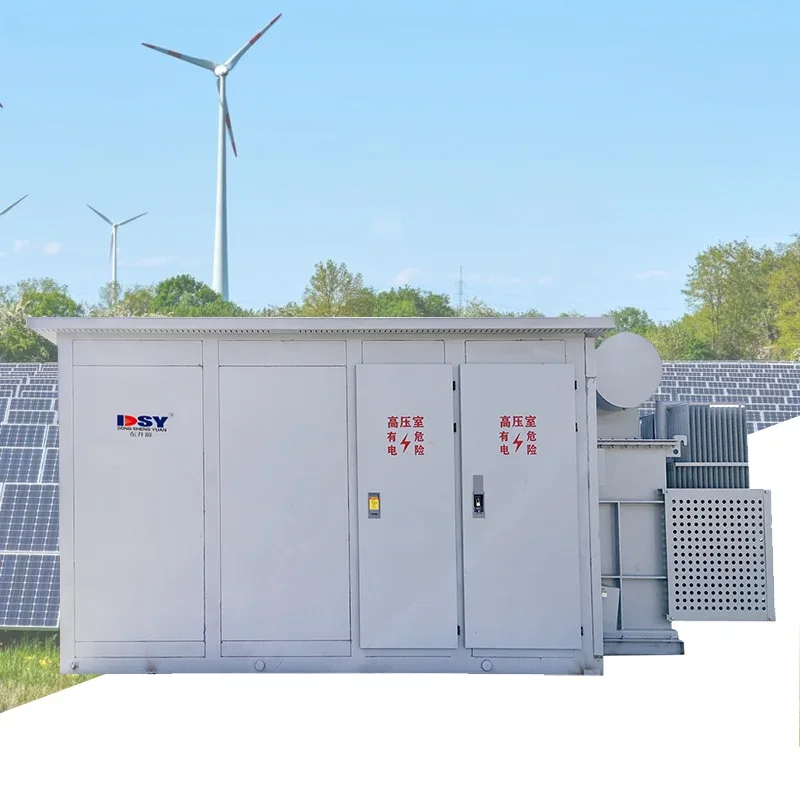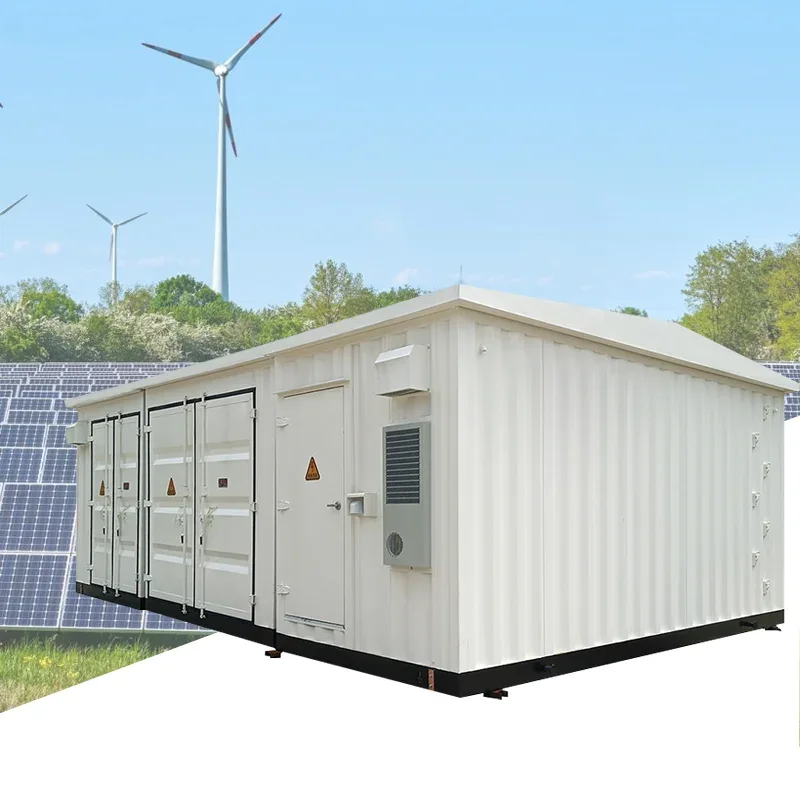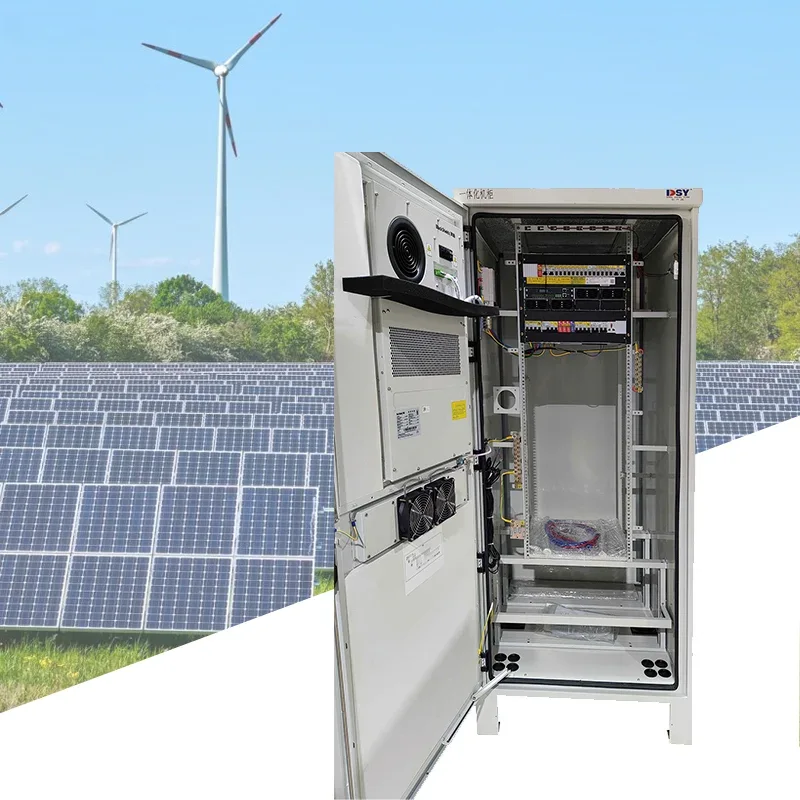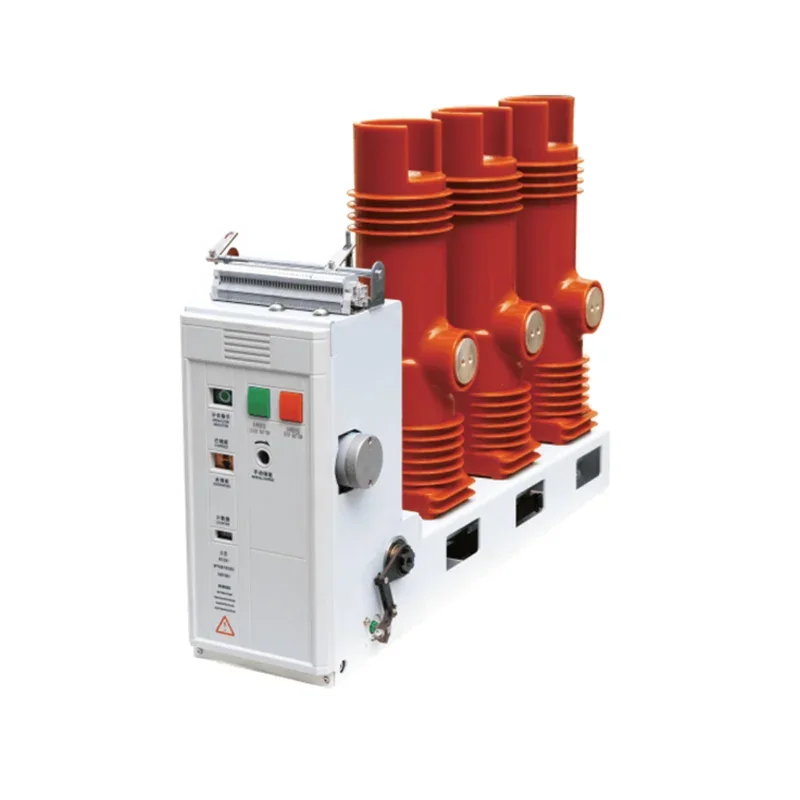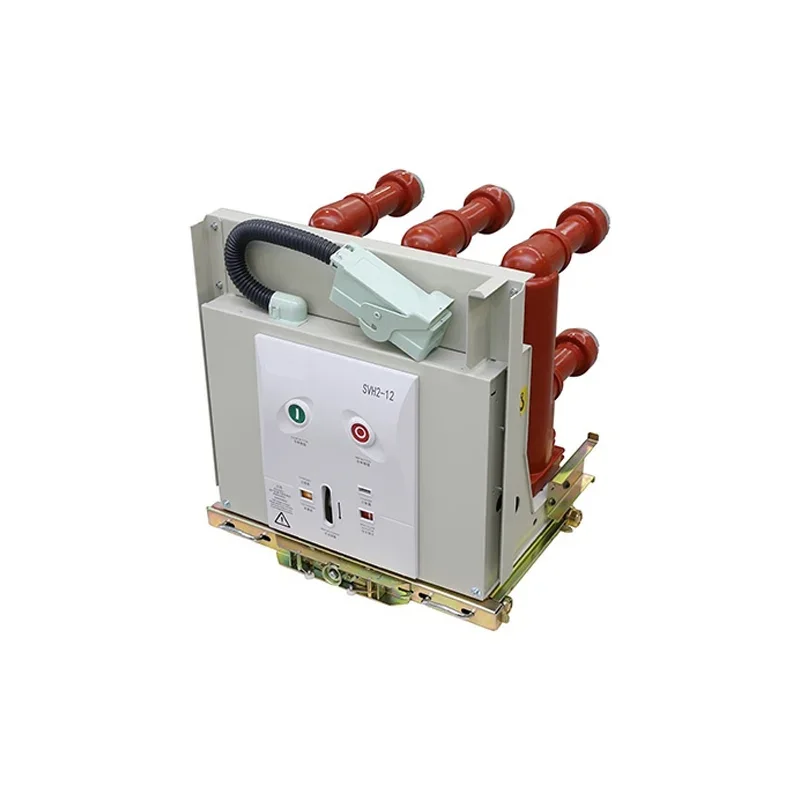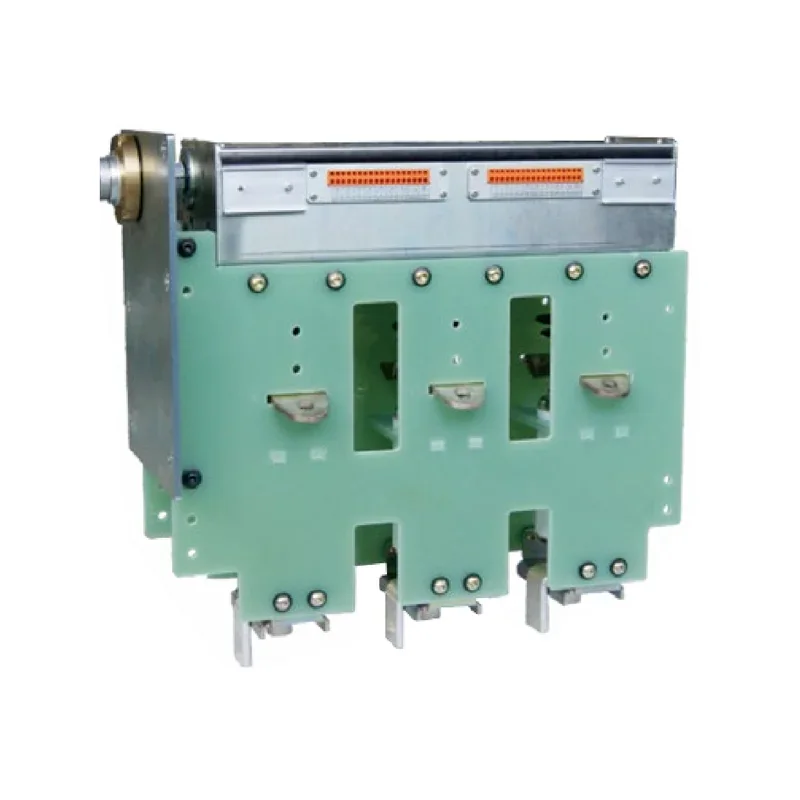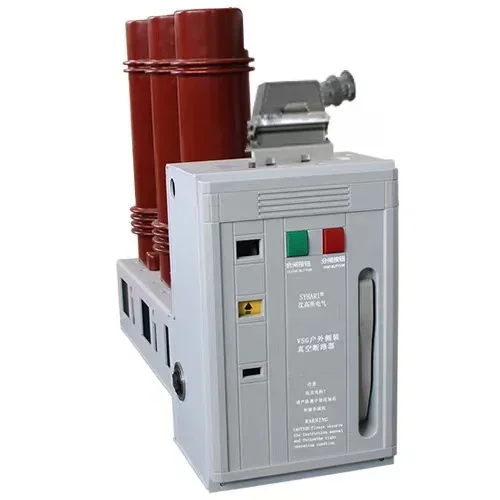Understanding Outdoor Prefabricated Substations: Key Insights for Professionals
Outdoor prefabricated substations are increasingly gaining traction in the electrical engineering sector, particularly for applications requiring efficient and reliable power distribution. These structures are designed to serve as compact, ready-to-install facilities that house various electrical equipment, such as transformers, circuit breakers, and control systems. Their design allows for rapid
Jul 06,2025
One of the primary benefits of outdoor prefabricated substations is their modularity, which facilitates easy customization based on specific project requirements. This adaptability ensures that professionals can select the appropriate configurations and components that meet local regulations and client specifications. Furthermore, the prefabricated nature of these substations allows for significant reductions in construction time, minimizing downtime and enhancing overall project efficiency.
In terms of safety and reliability, outdoor prefabricated substations are constructed with high-quality materials and robust designs to withstand harsh environmental conditions. This durability is crucial for ensuring uninterrupted operation and reducing maintenance costs. Additionally, many prefabricated substations are designed with advanced cooling systems to maintain optimal temperatures, further enhancing the longevity of the equipment housed within.
Another significant aspect to consider is the environmental impact of outdoor prefabricated substations. Their efficient design often results in lower energy consumption and reduced carbon footprints compared to traditional substations. By opting for these modern solutions, companies can contribute to sustainability efforts while still meeting the growing demand for electrical power in various sectors.
When integrating outdoor prefabricated substations into existing facilities or new developments, professionals should pay close attention to site selection and layout planning. This ensures that the substations can operate effectively without interfering with other infrastructure or posing safety risks. Adequate spacing, accessibility for maintenance, and protection from extreme weather conditions are critical factors that should be evaluated during the planning phase.
In conclusion, outdoor prefabricated substations represent a practical and innovative solution for modern electrical distribution needs. Their modular designs, environmental benefits, and rapid deployment capabilities make them an attractive choice for professionals in the electrical and low-voltage switchgear industries. By understanding the key features and advantages of these substations, professionals can make informed decisions that enhance project outcomes and promote efficient energy distribution.
PREVIOUS:
Related News
The difference between circuit breakers and vacuum circuit breakers
Circuit breaker is an abbreviation for pole type circuit breaker. Circuit breakers are also vacuum circuit breakers
Voltage regulators are required for various places that require voltage control, such as controlling lighting

